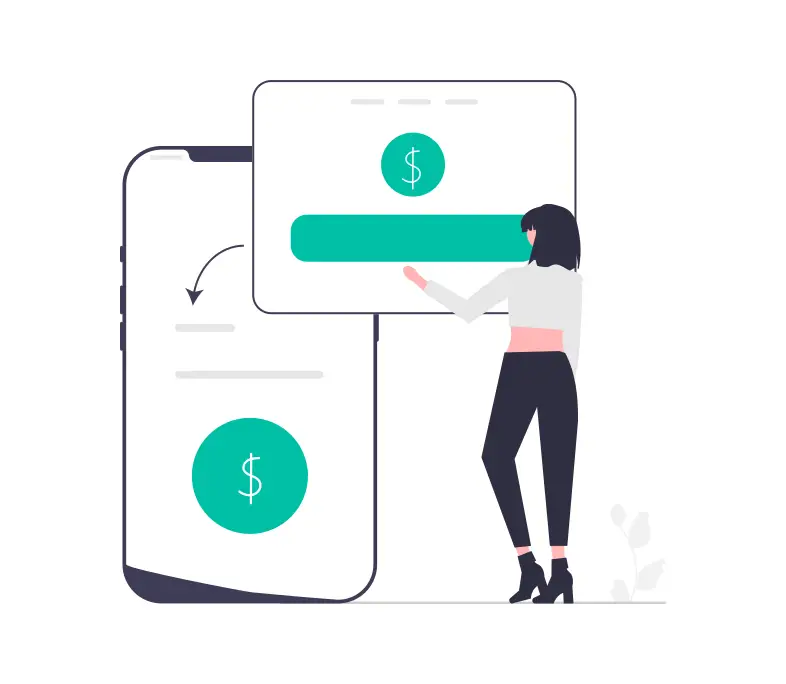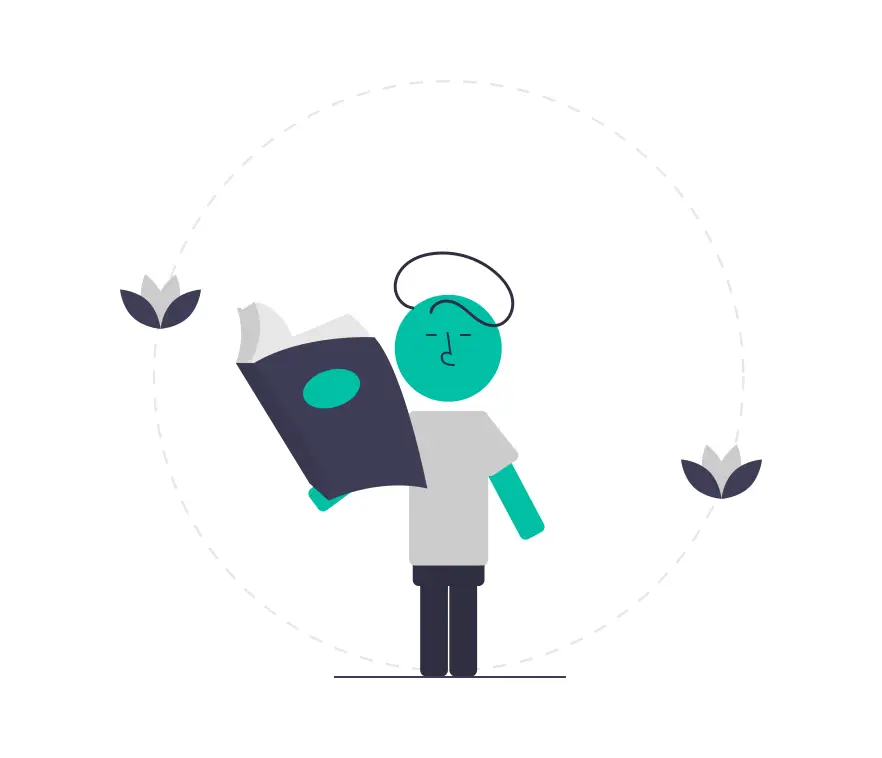Whether a software engineer, data scientist, or web developer, you are more likely to know more than one programming language. The reasons include satisfying personal and professional goals or the job market.
When you focus on learning more than one programming language, you may end up learning shallowly on each programming language. The approach can be an issue leading to the question: Should you learn one programming language and master it?
You should learn one programming language until you master it. After that, you can focus on learning another programming language that you must learn to fulfill your professional goals. However, do not learn more than one programming language if you are starting with programming and learning how to code.
Mastering one programming language is an essential step, especially when you are learning to code for the first time. Learning and perfecting only one programming language allows you to understand programming concepts better. Besides, it introduces you to the programming world, enabling you to learn other languages easily and quickly.
To achieve mastery in one programming language, you not only need to learn the paradigms and syntaxes used in a programming language but also need to master the following:
- Master the concepts behind programming, such as algorithms, architectures, patterns, and principles. Understanding these concepts is essential in programming as it teaches you how to solve problems rather than just learn the syntax. Besides, help you learn how to develop effective software solutions.
- Creating complete software solutions/projects by implementing the concepts learned using one programming language. Involving yourself in project-based learning allows you to connect the dots between theoretical concepts into actual code implementation.
- Develop the logic behind creating solutions. After you have mastered this using one programming, you will find it easier to learn other programming languages because the logic implementation may remain the same.
Due to job/freelance market demands or personal preferences, learning only one programming language may not attract enough job opportunities. If you may wish to choose the freelancing route, the need to learn more than one programming language becomes higher.
You must understand that learning one programming language and only focusing on it in the initial phases of your programming career is essential. Therefore, here is a roadmap that I have created for you to take to become an effective software engineer or web developer that is competitive in the job market.
Phases/Steps to take to master programming
Phase 1: Identify what you want to do as a professional programmer.
You may want to develop web applications/websites, desktop applications, mobile applications, data science, e.t.c. Whatever your goal is, you must identify it in this phase. Otherwise, you may choose a technology or programming language that does not fit into what you want to do professionally.
Besides, consider researching the job market and see the availability of jobs. You may choose an industry that is famed for but has few work opportunities. You can look at job posting platforms in your area or use platforms such as Fiverr, Upwork, freelancer, e.t.c.
Phase 2: Identify the technologies or programming languages used in that profession.
In this phase, you need to research and identify the programming languages, libraries, or frameworks used in the industry you choose in phase 1. For example, if you want to be a professional web developer, you may have identified Python, JavaScript, Django, Node, React, Angular, e.t.c, as the technologies used in web development. Whatever professional goal you have, technologies or programming languages will differ.
Phase 3: Choose and learn the primary programming language used in that industry.
In each industry, a major programming language, library, or framework dominates the market. Or rather, experienced programmers in the industry prefer to start with the programming language. I like choosing that programming language.
Things to look for when choosing the programming language:
- It is satisfactory enough to be used to complete a whole project without depending on learning other programming languages.
- It should have well-maintained libraries or frameworks you can choose from to develop solutions with.
If the programming language fulfills the following, you should consider choosing it and start learning to code with it.
For example, in web development, you must learn HTML and CSS. These are not programming languages, but they are essential in creating and designing web pages. The programming/scripting language that you may choose is Python or JavaScript.
Both are prominent because in:
Python, you may choose the Django + HTML + CSS route and develop professional websites
JavaScript, you may choose the Angular + HTML + CSS route.
Phase 4: Develop a fully functional software/web solutions with the programming language chosen
Knowing the primary programming language, you may develop very simple software/web solutions. The goal here is not to develop fully-fledged solutions/projects but to create simple programs that teach you how solutions are implemented to solve problems in your industry.
For example, in web development, it is essential to know how web pages are created, how your browser communicates with a server, how files or information is sent from one computer to another, how websites are accessed, e.t.c.
After understanding these web development concepts, you may use Python or JavaScript to create simple solutions such as small web servers, web pages, e.t.c. You can always find some libraries or modules to achieve that.
Phase 5: After learning the primary programming language, learn a framework or library
After learning how to create simple solutions with the primary programming language, you may learn a framework or library used in your industry. Frameworks or libraries make development faster because they offer out-of-the-box functionality such as security, authentication, configuration, e.t.c. Implementing these functionalities using the primary programming language would be tedious, and you would be violating the “Don’t reinvent the wheel” principle. I made that principle up.
So, instead of developing these functionalities or features from scratch, you use a framework to help you do that. However, you must learn the framework or library to use it. Frameworks or libraries reiterate the majority of the concepts that you learn in the primary language. Thus, learning a framework or library is very easy and much faster than the initial programing language.
You may learn frameworks and libraries in web development, such as Python Django, Angular, React, e.t.c.
Phase 6: Develop a fully-fledged software/web solution with the skills you have learned in the previous phase
As of now, you have fully mastered the concepts used in programming, learned a programming language, and can use a framework/library to develop solutions. It is time to get your head and your hands dirty by creating a complete solution that solves a real-world problem.
You may start with a simple solution and keep on building it until it solves the primary objective. For example, you may begin with a simple website that people can find and contact you. You may later improve the websites to include other features and functionalities such as e-commerce, appointment booking, account creation and management, admin pages, e.t.c.
Phase 7: Create solutions for clients or open-source causes
You are a professional programmer, and creating solutions by applying programming concepts is second nature. You may start looking for jobs and creating solutions for clients to gain more mastery and career confidence. Besides, you may indulge in open-source causes and contribute with the knowledge and skills you have earned. Also, you can start showing the skills to others who may want to be involved in your profession.
With more problems you face and solutions you develop, you will become better and better at programming.
Phase 8: Learn a new programming language, library, or framework that is essential in your industry
You may find that you will need to learn another programming language or technology to make the majority of your software/web solutions complete. Besides, you may find that most jobs require you to know more than one technology used in your industry.
Because you have mastered the primary language, learning a new programming language will be very easy. Learn the new programming language and implement the concepts in your projects. Repeat the same process/phases until you feel confident that you have learned the concepts well.
In web development, you may find that you may need to learn Python and JavaScript to use Python for machine learning and JavaScript for web development. An example is when you would develop APIs + machine learning models with Python Django and consume these APIs with React.
The possibilities here are unlimited.
Now you should be a professional programmer that would compete in the job market.
Conclusion
As a programmer, especially if you are a beginner, you should learn one programming language and master it. However, for professional or job market reasons, you may need to learn an additional programming language to be competitive enough and expand your opportunities. With the phases/steps I have provided above, mastering one programming language and then learning a new one is the best and most straightforward approach.
Whichever you are in, you can always refer to this article, see where you are, and continue from there until you have mastered the programming language. After that, you may repeat the process with a new programming language. The second iteration is the most effortless process because you have knowledge of most of the programming concepts and paradigms that may remain the same across different programming languages.
So, there you have it, me Hearties.
Crack on! Programming shouldn’t be that hard.







